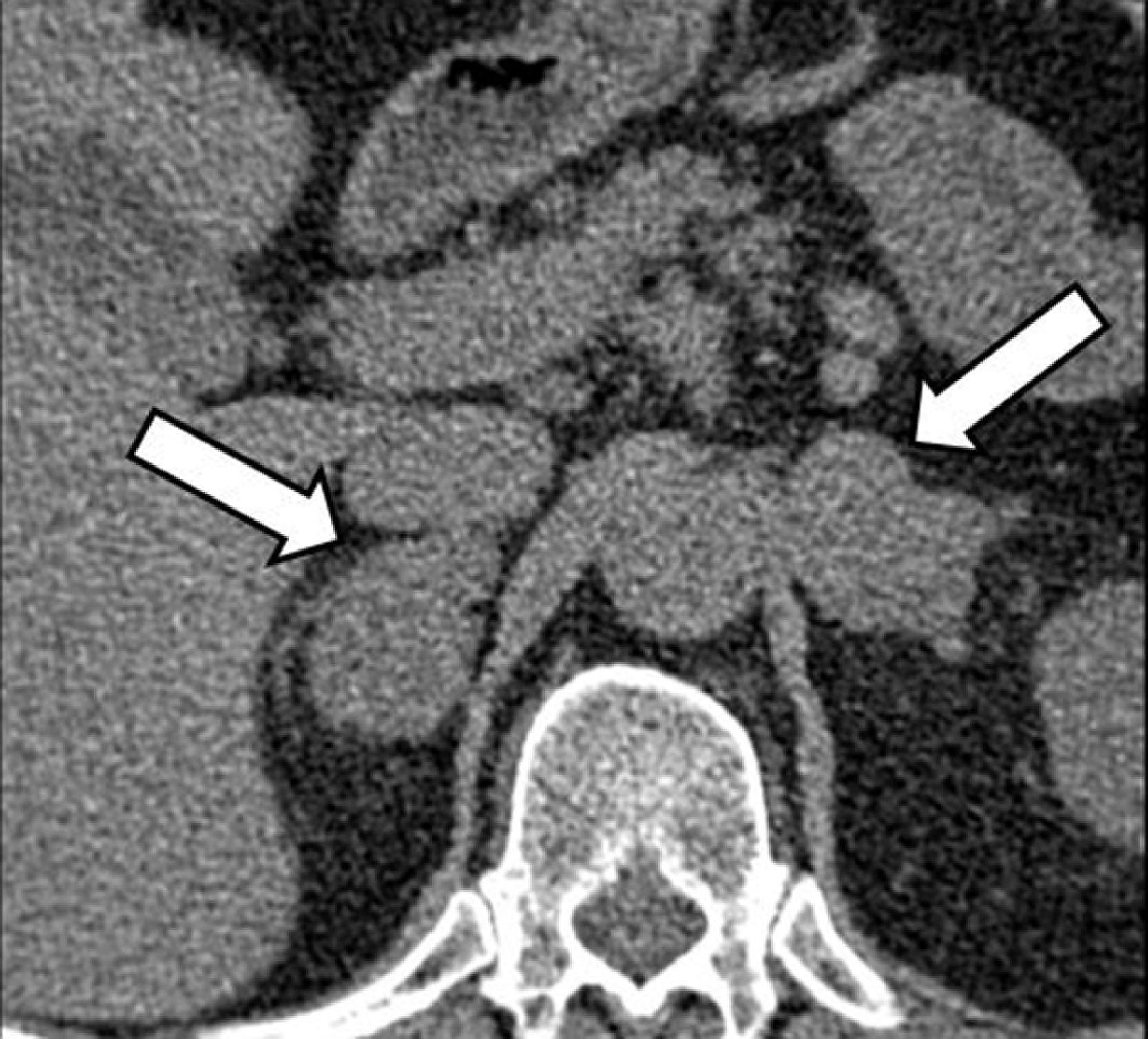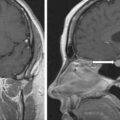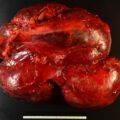Pheochromocytoma and paraganglioma (PPGL) are associated with a genetic predisposition in at least 40% of patients and likely 100% when presenting with bilateral or multifocal PPGL. Most patients with bilateral pheochromocytomas will prove to have neurofibromatosis type 1, multiple endocrine neoplasia type 2, or von Hippel-Lindau disease. Bilateral pheochromocytoma associated with the loss of function in the MAX (MYC-associated factor X) gene represents 1.7% of cases.
Case Report
The patient was a 56-year-old man who presented for evaluation of incidentally discovered bilateral adrenal tumors during computed tomography (CT) of chest performed for lung cancer screening. Subsequent abdominal CT demonstrated a 2.8-cm left adrenal mass with an unenhanced CT attenuation of 38 Hounsfield units (HU) and a 3.5-cm right adrenal mass with an unenhanced CT attenuation of 27 HU ( Fig. 42.1 ) . Hormonal workup demonstrated catecholamine excess ( Table 42.1 ). Medical history included diabetes mellitus type 2 and hypertension of 5 years, duration. His medication regimen included six antihypertensive medications (amlodipine, benazepril, carvedilol, clonidine, hydrochlorothiazide, and doxazosin) and glyburide and metformin for diabetes mellitus. His blood pressure was 126/83 mmHg, heart rate 72 beats per minute, and body mass index 30.9 kg/m 2 . Family history was positive for a metastatic pheochromocytoma in his sister, who died of complications from PPGL. His sister did undergo germline mutation testing, which was unrevealing.

| Biochemical Test | Result | Reference Range |
| Plasma metanephrine, nmol/L | 0.3 | <0.5 |
Plasma normetanephrine, nmol/L | 17 | <0.9 |
24-Hour urine: | ||
Metanephrine, mcg | 259 | <400 |
Normetanephrine, mcg | 4882 | <900 |
Stay updated, free articles. Join our Telegram channel

Full access? Get Clinical Tree








